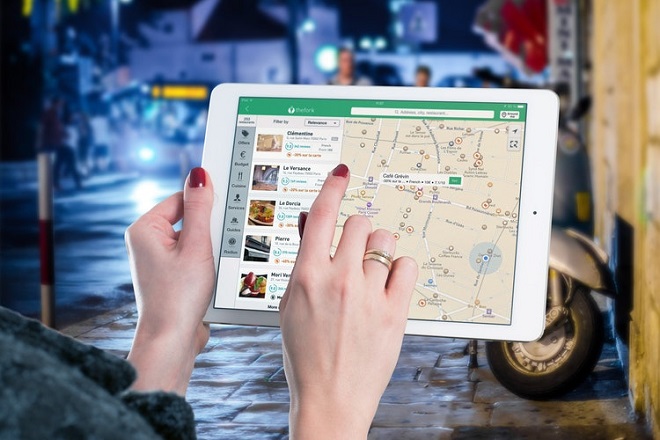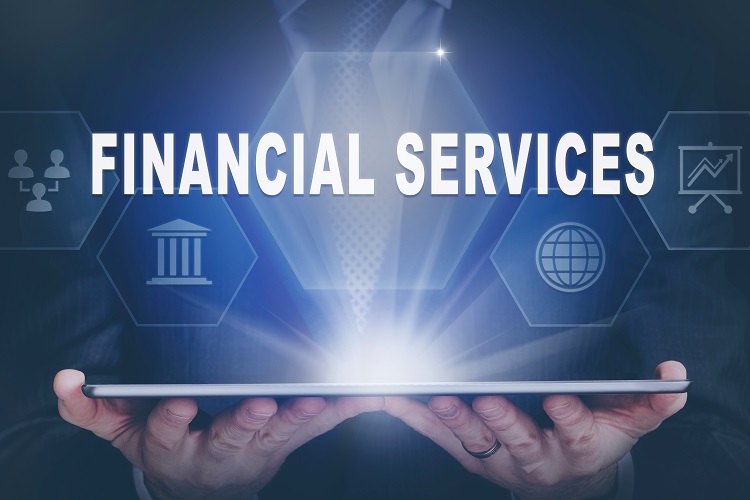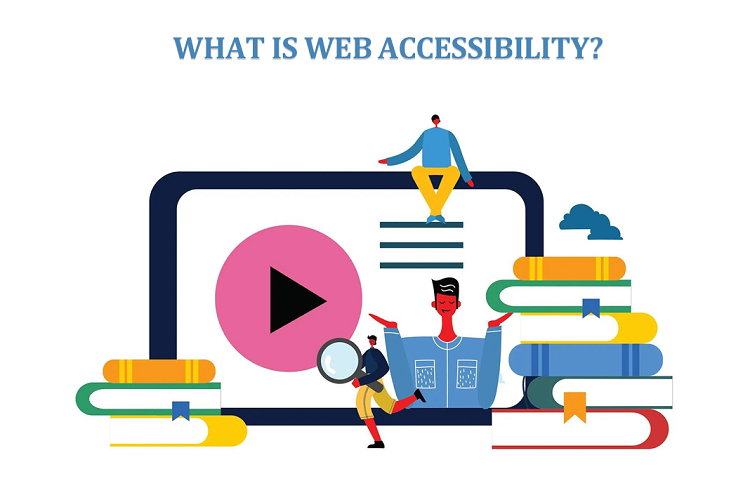Can’t do without your daily java stop or pass up the sweet deal on that jacket you’ve been eyeing? It’s not just you — spending money is one of the easiest things to do in the modern world.
In fact, over the last 100 years, there has been copious research done by large companies that want you to spend. This psychological research has made sales and deals more enticing than ever. The problem is, if you give in to all these come-ons, your financial health will suffer. Fortunately, here are some money saving strategies to help you rein in your spending.
Optimize Your Accounts
If you’re still using a traditional brick-and-mortar bank, you might want to consider upgrading. While holding your money in these older institutions may provide a sense of security, there may be few benefits beyond that. Older banks have many physical locations, so they spend a lot of their budget on overhead. They cover this cost by charging fees for everything from monthly account maintenance to overdraft protection.
Online banks mitigate this issue. Because online banks don’t pay for physical locations, they can pass on the savings in the form of low-fee — or no-fee — accounts. Thus their savings accounts actually do just that: save you money. Furthermore, they typically offer higher-yield savings accounts than traditional banks, meaning a greater reward for keeping your money in them.
Online banks’ savings accounts can also be accessed easily with their respective software services, such as apps and websites. You may also get access to a debit card with great perks, like round-up savings. In addition, you can closely track your spending, having notifications sent every time you buy something with the card. These automated notices add an extra layer of security to your card if it ever gets misplaced or stolen.
Speaking of automation, you can program your checking account so that it automatically makes periodic transfers to your savings account. The most common way to do this is with monthly transfers. These will limit your immediate access to cash so you’ll naturally start saving more. That means your high-yield savings account will be putting in even more work.
Focus on Your Values
Now that you’ve got your accounts and cards shipshape, it’s time to pay more attention to how you use them. You see, at the core of your spending is a value system. For example, maybe you highly value your morning coffee, and so you spend money on it every day. Alternatively, you might be someone who places a low value on personal transportation, so you don’t own a car.
Whatever your values might be, it’s important to first identify them. Do this by reflecting on your purchases. Make a list of what you buy most often and when you buy it. Then, crucially, seek to understand why you buy it. Perhaps thing X delights you, while service Y helps you reduce stress.
Once you’ve identified your values, then you can begin to follow finance guru Ramit Sethi’s advice. He recommends that you “spend extravagantly on the things you love and cut costs mercilessly on the things you don’t.” So you don’t have to feel guilty about buying your morning coffee if it brings great joy into your life. But if you don’t care for cars and live in a city, you can use public transportation instead. You can focus on taking fewer Ubers and look for deals on long-term metro or bus passes.
Of course, you need to make sure you’re covering your basic expenses. But after that, there’s actually a lot of guiltless fun to be had with your spending. By focusing your spending firmly on things that you love and cutting on things you don’t, you’ll reduce spending stress.
Plug Money Leaks
As mentioned previously, companies have gotten incredibly proficient at extracting revenue from their customers. One way they do this is by encouraging the use of subscription services. Now, subscriptions are actually great because of their opt-in, opt-out nature. But because they’re always running in the background, you might forget about them. And that’s exactly where some companies generate a lot of extra money.
So take a look at your credit card and bank statements and see whether you actually want or need all your subscriptions. That money can really add up! In the same vein, also scrutinize your email subscriptions. They don’t charge you directly, it’s true. But you’ll increase your chances of spending less if you see fewer juicy deals every time you open your inbox.
Another way to plug money leaks is to pay your credit card off in full every month. Many credit cards charge no annual fees but have a high annual percentage rate. The higher the APR, the more interest you pay on your card’s balance. If you can help it, only buy what you can immediately afford to pay off. In the long run, you’ll save money by paying off your debt now.
Be Intentional with Your Spending
No matter what you choose to do with your money or how you choose to spend it, always be intentional. Everyone has different banking systems and cards that they use, just as everyone has different value systems. By making intentional spending choices, you can maximize the value of your hard-earned cash. The best part is you can still buy what you love and feel good about it!













+ There are no comments
Add yours